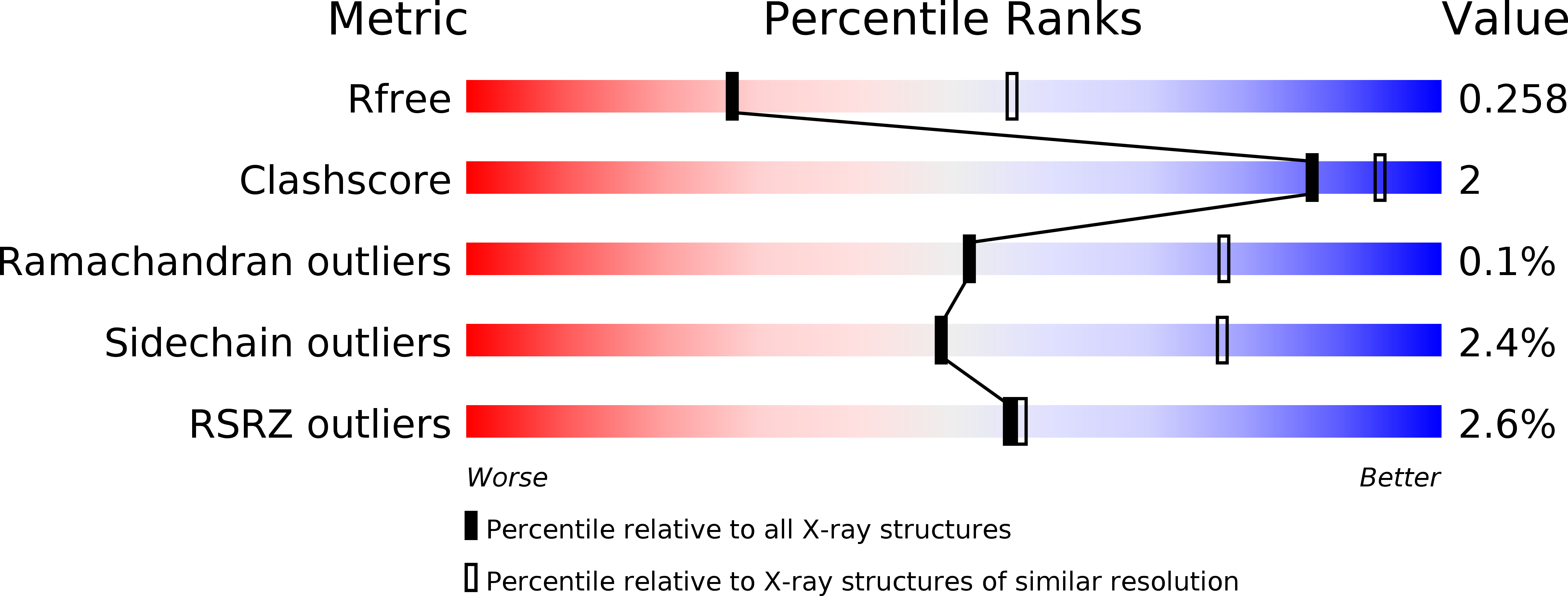
Deposition Date
2014-11-14
Release Date
2015-01-14
Last Version Date
2023-09-27
Entry Detail
Biological Source:
Source Organism:
Geobacillus kaustophilus (Taxon ID: 235909)
Host Organism:
Method Details:
Experimental Method:
Resolution:
2.70 Å
R-Value Free:
0.25
R-Value Work:
0.21
R-Value Observed:
0.21
Space Group:
P 31 2 1


